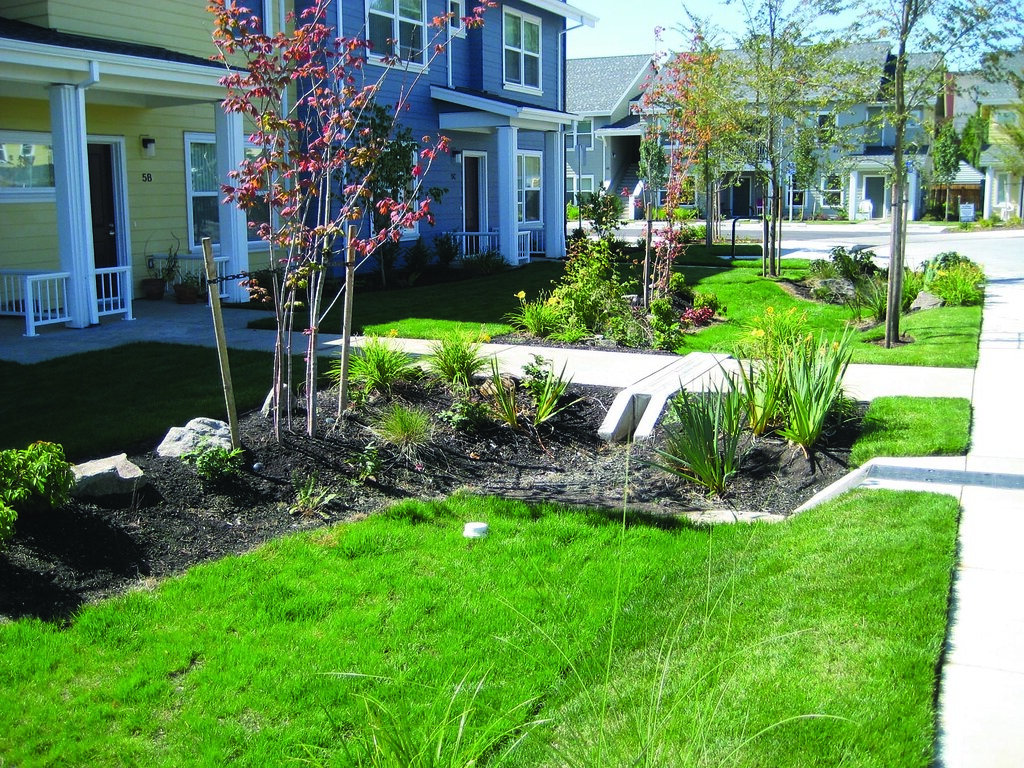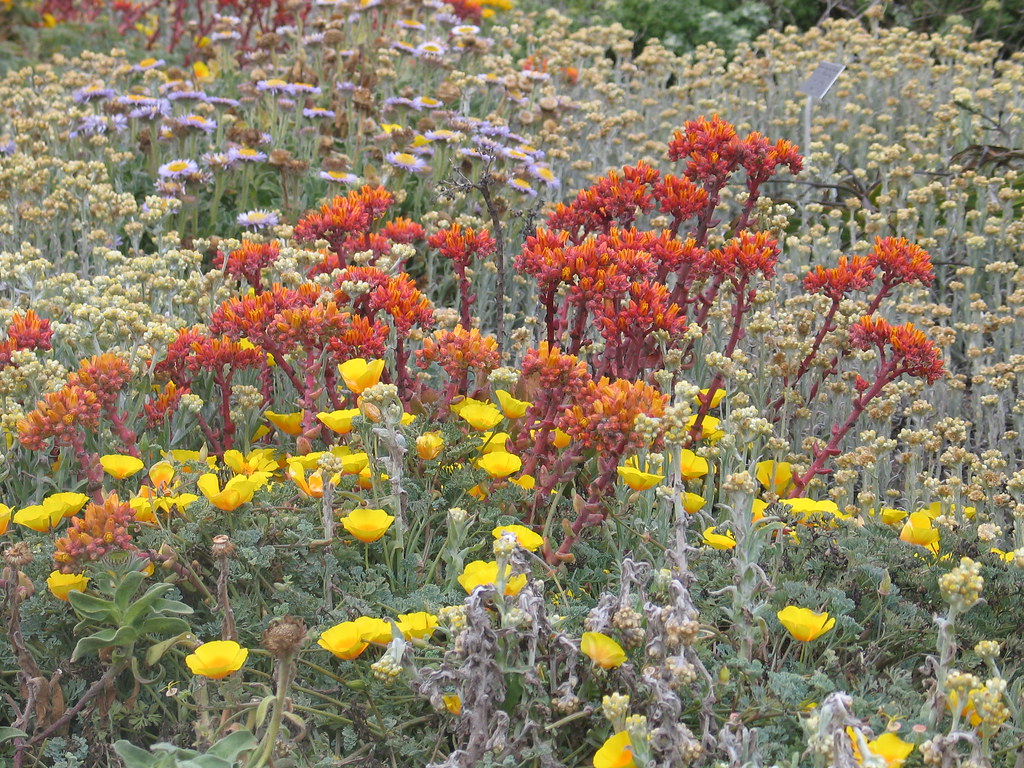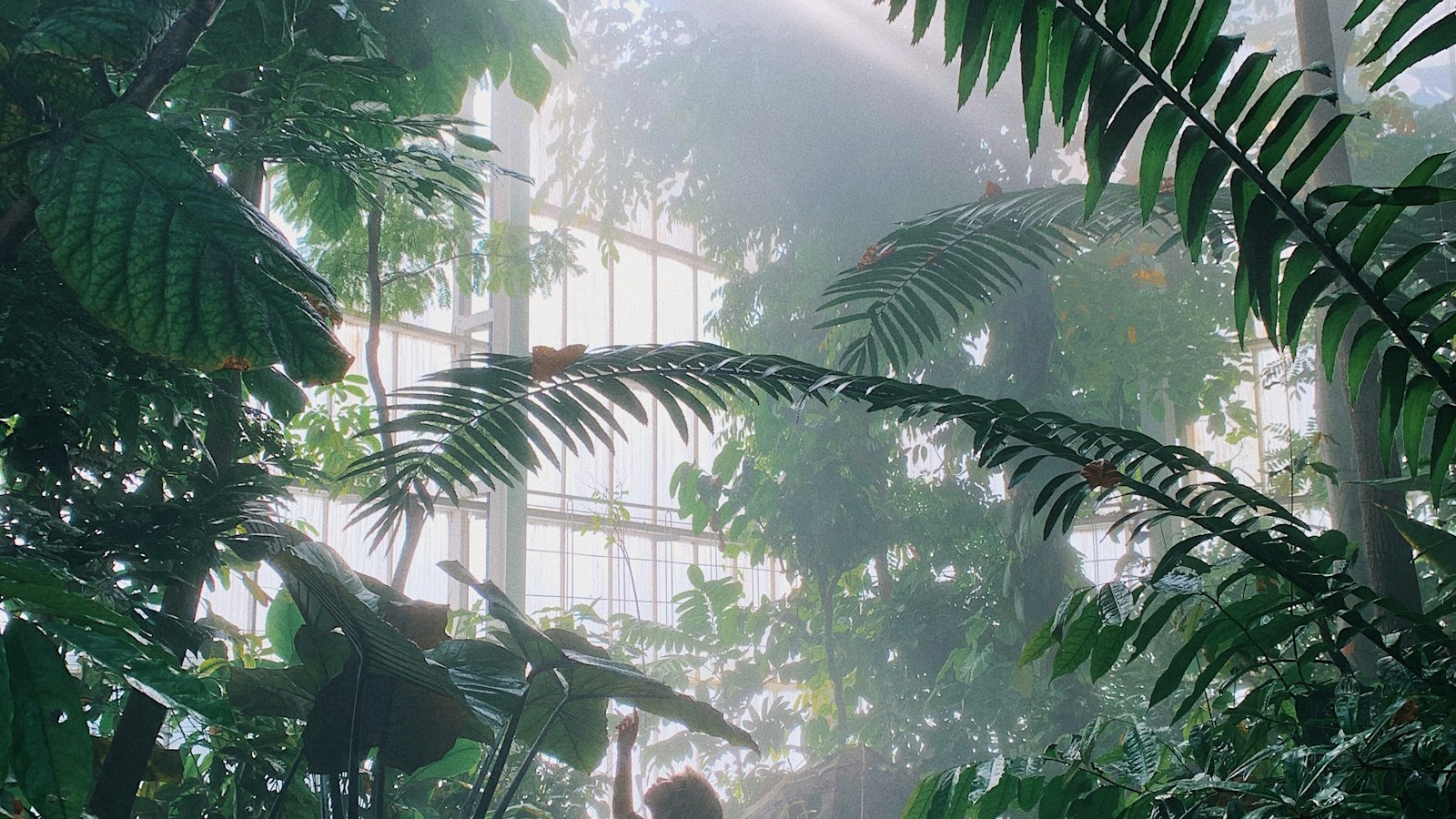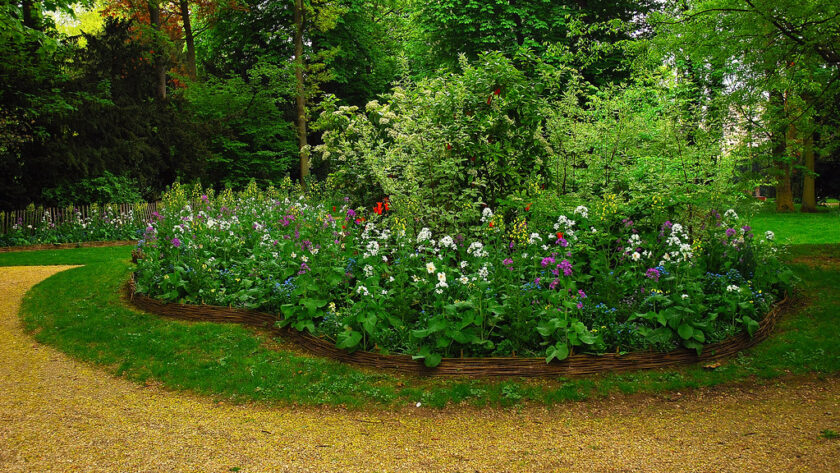Welcome to the world of rain gardens – nature’s own water management systems! In a world where environmental consciousness reigns, finding innovative ways to preserve and utilize water is essential. And what better way to do so than by creating a picturesque rain garden? Step into the enchanting realm of water management with us as we delve into the mesmerizing world of « Comment Créer un Jardin de Pluie pour la Gestion de l’Eau, » and discover how you can harmoniously blend beauty, sustainability, and practicality in your very own backyard. Lace up your boots, grab your gardening gloves, and let’s embark on an adventure that promises a vibrant ecosystem, resplendent flowers, and a genuine commitment to Mother Nature’s gift – water!
1. Embracing Sustainable Landscaping: The Concept of Rain Gardens for Effective Water Management
Creating a rain garden is an innovative and sustainable approach to effectively managing water resources while enhancing the beauty of your landscape. By adopting this concept, you can play a significant role in minimizing stormwater runoff and preventing water pollution. A rain garden is essentially a shallow depression in your yard that collects and filters rainwater naturally, allowing it to infiltrate into the soil instead of flowing into drains or rivers.
<p>So, how can you create a breathtaking rain garden that serves as a powerful tool for water management? Here are some key steps to get you started:</p>
<ul>
<li><strong>Location is key:</strong> Choose a suitable spot in your garden where the rainwater can easily collect and drain. Ideally, it should be situated away from the house's foundation and any existing water sources, such as underground utility lines.</li>
<li><strong>Size and shape:</strong> Determine the size and shape of your rain garden based on the amount of water runoff from your roof or any other impervious surfaces nearby. Consider the garden's capacity to hold water without causing flooding.</li>
<li><strong>Plant selection:</strong> Select native plants and perennial flowers that are well-suited to your region's climate. These plants have deep root systems that help in absorbing and filtering water efficiently while providing habitat for diverse wildlife.</li>
<li><strong>Soil preparation:</strong> Dig up the soil in the designated area, removing any existing grass or weeds. Amend the soil with organic matter to improve its texture and drainage capacity.</li>
<li><strong>Mulching and maintenance:</strong> Add a layer of mulch around the plants to conserve moisture and suppress weed growth. Regularly maintain your rain garden by removing debris and monitoring the health of the plants.</li>
</ul>
<p>By embracing the concept of rain gardens, you not only contribute to sustainable water management but also create a visually stunning and eco-friendly landscape that benefits both you and the environment. So go ahead, unleash your creativity, and transform your outdoor space into a haven of natural beauty and water conservation!</p>
2. Designing Your Rain Garden: Key Elements and Best Practices for Water Conservation
When it comes to designing your own rain garden, there are several key elements and best practices to keep in mind for optimal water conservation. First and foremost, choose a location that allows for proper drainage and receives a good amount of rainfall. This will ensure that your rain garden is able to effectively capture and retain water, preventing runoff and promoting healthy plant growth.
Once you’ve selected the ideal spot, it’s important to excavate the area to create a shallow depression that will act as the basin for your rain garden. Be sure to remove any grass or weeds from the area to prevent competition with your desired plants. Additionally, consider incorporating a layer of mulch or gravel to further enhance water infiltration and reduce evaporation.
Next, select a variety of native plants that are well-suited for your region’s climate and soil conditions. These plants not only add beauty and diversity to your rain garden but also require less maintenance and have a higher tolerance for wet conditions. Consider a mix of grasses, wildflowers, and shrubs to create a visually appealing and functional rain garden.
In terms of maintenance, it’s important to regularly monitor and manage your rain garden to ensure its effectiveness in water conservation. This includes removing any debris or sediment buildup, pruning plants as needed, and replenishing mulch or gravel as it gets worn out over time. By incorporating these key elements and best practices into the design of your rain garden, you can make a significant contribution to water conservation while also creating a stunning and sustainable landscape for your home.
3. Native Plants for Rain Gardens: Enhancing Biodiversity and Stormwater Filtration
If you want to enhance biodiversity in your garden while also improving stormwater filtration, creating a rain garden with native plants is the way to go. Not only will you be helping the environment, but you’ll also have a beautiful and vibrant garden to enjoy. Native plants are essential for rain gardens as they have adapted to the local climate and soil conditions, making them more resistant to drought and floods. Here are some native plants that are perfect for rain gardens:
- Swamp Milkweed (Asclepias incarnata): This stunning perennial attracts butterflies and bees with its fragrant flowers. It thrives in moist soil, making it an ideal choice for rain gardens.
- Blue Flag Iris (Iris versicolor): With its vibrant blue or purple flowers, this native plant adds a pop of color to any rain garden. It can tolerate both wet and dry soil conditions, making it versatile.
- Cardinal Flower (Lobelia cardinalis): This eye-catching plant blooms with bright red flowers and attracts hummingbirds. It prefers moist to wet soil, making it perfect for rain gardens near ponds or streams.
Remember to choose a diverse mix of plants that bloom at different times of the year to provide continuous food and habitat for pollinators. Other native plants that are suitable for rain gardens include Joe Pye Weed (Eutrochium purpureum), Turtlehead (Chelone glabra), and New England Aster (Symphyotrichum novae-angliae).
By incorporating these native plants into your rain garden, you’ll not only create a haven for wildlife but also improve stormwater filtration in your area. So, get your gardening gloves ready and start planting! Your rain garden will become a thriving ecosystem that benefits both you and the environment.

4. DIY Rain Gardens: Step-by-Step Guide to Creating an Eco-Friendly Water Management Solution
Comment Créer un Jardin de Pluie pour la Gestion de l’Eau
Are you looking for an innovative and eco-friendly way to manage rainwater runoff in your garden? Look no further! In this step-by-step guide, we will explore the wonderful world of DIY rain gardens. These beautiful gardens not only add a touch of elegance to your outdoor space but also help to reduce water pollution and erosion.
So, how exactly can you create your own rain garden? It’s simpler than you might think! Follow these steps and unleash your inner green thumb:
- Choose the perfect location: Select a low-lying area in your yard where rainwater typically accumulates. This will allow for optimal drainage and ensure that your rain garden serves its purpose effectively.
- Prepare the soil: Remove any vegetation and dig a shallow basin in the designated area. Loosen the soil and add compost to enhance its nutrient content and water retention capacity.
- Select the right plants: Opt for native plant species that thrive in your region and can tolerate both extreme wet and dry conditions. These plants will help absorb excess water while also attracting beneficial wildlife to your garden.
- Create a water flow pattern: Dig a trench or construct a small berm on the downhill side of your rain garden to divert water towards it. This will ensure proper water distribution in your garden and prevent any unwanted flooding.
- Mulch and maintain: Spread a layer of mulch over the soil to conserve moisture and prevent weed growth. Regularly inspect and prune your rain garden to maintain its functionality and aesthetic appeal.
With just a little bit of time and effort, you can create your very own eco-friendly water management solution. By implementing a DIY rain garden, you will not only contribute to the sustainability of our environment but also create a stunning oasis in your backyard. Get ready to embrace the beauty of nature while protecting it at the same time!
As we conclude this journey into the enchanting world of rain gardens and water management, we hope you’ve been inspired to embark on a new adventure of sustainable living. Creating a rain garden not only bolsters the aesthetic appeal of your surroundings but also plays a crucial role in preserving our precious water resources.
In this article, we’ve explored the vital steps involved in crafting your own little oasis of tranquility, showcasing the immense benefits it brings to both nature and your everyday life. From managing stormwater runoff to nurturing local biodiversity, the concept of rain gardens intertwines aesthetics and sustainability seamlessly.
By channeling the powers of rainwater and allowing it to harmoniously merge with the earth, you’re not only witnessing the graceful dance of nature but also actively participating in conserving water. Each droplet whispering its way from clouds to soil serves as a testament to our commitment towards a greener future.
Imagine the tranquil sound of gentle raindrops gracefully cascading onto leaves, nurturing vibrant blossoms, and sustaining an entire ecosystem. A rain garden represents more than just a picturesque corner of your yard; it symbolizes an opportunity to make a tangible difference, one drop at a time.
So, as we bid adieu, we encourage you to unlock your creative spirit and step into the realm of rain gardens. Let your imagination wander as you choose native plants, design meandering pathways, and embrace the magic of water management. Together, let’s weave a tapestry of life and sustainability, fervently embracing the gift of rain that nature bestows upon us.
Remember, in the world of rain gardens, grace and functionality go hand in hand, nurturing not only the soil but also our souls. Join us in this collective effort to herald a flourishing future where the ethereal beauty of rain merges seamlessly with sustainability – a testament to our reverence for this truly wondrous planet we call home.




